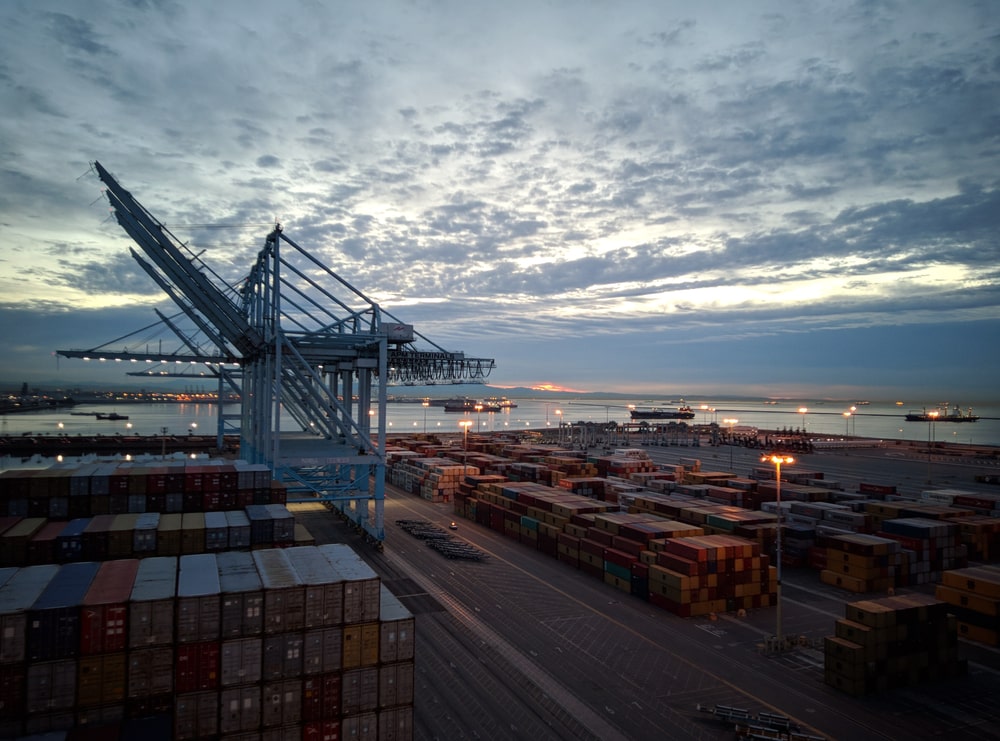
Workers at Long Beach and Los Angeles ports staged a 24-hour shutdown from Thursday 6th April to Friday 7th April as part of their ongoing contractual dispute.
The shutdown is another chapter in a long-running dispute between the ILUW, which represents the LA and Long Beach dockworkers and the Pacific Maritime Association, who represent shipping companies.
The dispute is centered on the renewal of a new contract, which expired in July of last year, with both slides clashing on wages and automation.
175,000 Southern Californian workers are employed at the twin ports, moving freight valued at around $469 billion a year, according to port data referenced in The LA Times.
Los Angeles and Long Beach play a vital role in the US economy and a prolonged strike could have a big hit on the economy. It is estimated that a strike could cost the US economy $500 million a day, according to a 2022 report by the National Association of Manufacturers.
Los Angeles and Long Beach handle around 40% of US imports from Asia, which arrive in what The Los Angeles Times describes as “giant metal containers abroad vessels that stretch to nearly the length of the Empire State Building.”
The boom in Asia to US trade has led to Los Angeles and Long Beach being the top two ports in the United States, with Long Beach overtaking New York and New Jersey in 1995, and Los Angeles surpassing both in 2000.
The trade South Californian ports is the faster route from Asia to the US, with goods entering the ports, before then being loaded onto rail trucks to be distributed across the rest of the United States.
However, New York and New Jersey overtook Los Angeles towards the end of last year, to become the number one port in the US. New York and New Jersey moved 35% more cargo in September 2022, than they did in 2019.
The total trade flow in and out of New York and New Jersey was $348 billion in 2022, compared to Los Angeles ($266 billion) and Long Beach ($324 billion) according to analysis by ALPS Marine.
LA’s fall from number one is down to a number of factors. Experts highlighted that a combination of logjams from the pandemic and West Coast labour strikes had forced some shippers and companies to look towards the East and Gulf states in US to source their needed items.
Analysis by Cowan, a NY investment firm, from last year, predicted that the West Coast could lose 10% of ocean cargo to the Atlantic Ocean.
Ports such as Savannah and Houston have benefitted from this surge, now ranking in the top ten of US ports.
However, many still expect Los Angeles and Long Beach to bounce back and reclaim the top spots.
Trade to the East from Asia, despite improvements made to the Panama Canal in 2016, is significantly longer, as ships must travel up via Panama Canal and then up to or via Gulf of Mexico. Furthermore, the vessels themselves are not as large as the ones that berth in California. Also, peak shipping season tends to take place during the hurricane and storm season that occurs in the Atlantic.